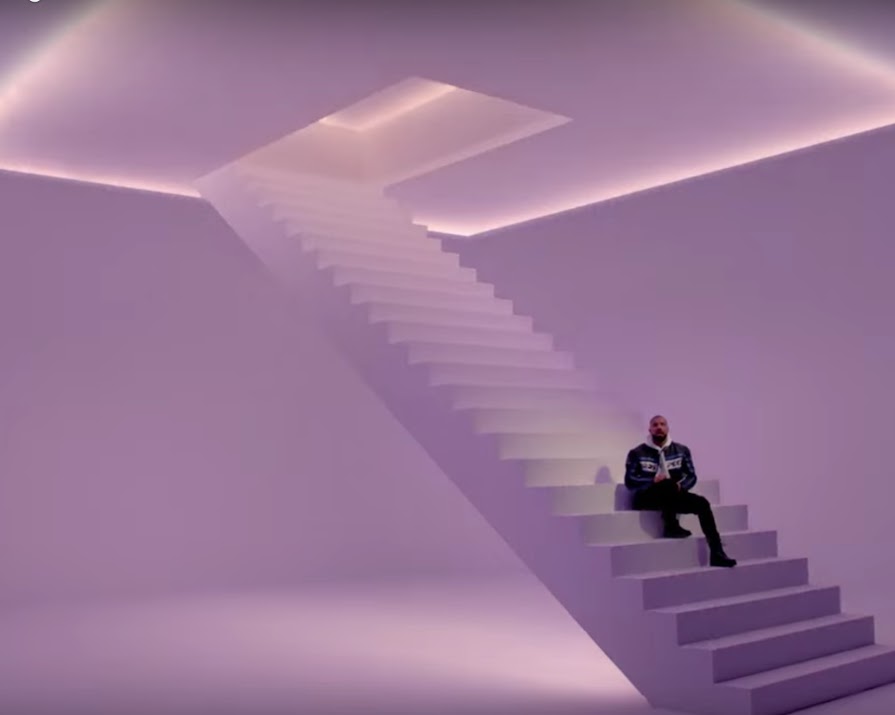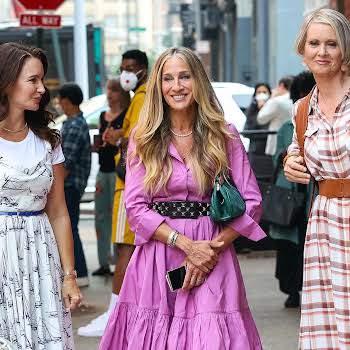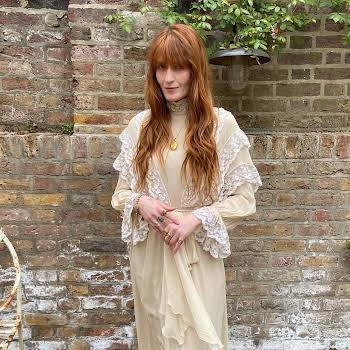
By Erin Lindsay
27th May 2018
27th May 2018
One of the more interesting news stories of the past week was that of a new study which found that pop music has gotten significantly sadder in the past 30 years. Even more interesting was that, although the lyrics were more macabre, the beats themselves had progressed to be more ‘danceable’ and ‘party-like’.
The study, conducted by the Royal Society Open Science by the University of California at Irvine, saw 500,000 songs released in the UK between 1985-2015 analysed and grouped according to their mood. It found a significant shift away from the ‘happiness index’ in the majority of songs, compared to popular songs released 30 years ago. Speaking to Associated Press, co-author of the study Natalia L. Komarova said: “it looks like, while the overall mood is becoming less happy, people seem to want to forget it all and dance.”
If we take one of the most popular artists of the past few years into consideration, it’s not that much of a surprise. Drake (real name Aubrey Graham) is everyone’s go-to songster for every situation; in the car, at the club, at the barbeque. His rise to stardom came with songs like ‘Hotline Bling’, ‘One Dance’ and ‘Passionfruit’ – all about yearning, break-ups and complicated relationships. Not exactly the ‘put your hands in the air’ euphoria that you’d expect from summer hits. But it works. Because they’re great songs, but also because they capture the mood. Smooth jams that you can dance to, while still being ‘in your feelings’.
Over the past few years, our attitude to mental health has progressed. What was once an issue that people kept hidden and had to suffer in silence with is now discussed more openly. We still have a way to go, but mental health is not under the stigma that it used to be. Musicians are writing songs about their own mental health struggles and the fans are singing along. Is this new study an indicator of our healthier attitude?
Pop music getting sadder is not necessarily an indication that people are getting sadder. It may just be that we are more open about that sadness, and happier to dance it out. The fact that lyrics are more melancholy but melodies are more poppy is an interesting one. It shows that the fans can connect with two conflicting features of a song – they can sing their hearts out to heartbreak, while their feet have fun with the beat.
One of the masters of heartfelt funk was Prince, who was tapping into the trend of happy-sad pop before everyone. He said it best: “It’s a Sign of the Times”.























